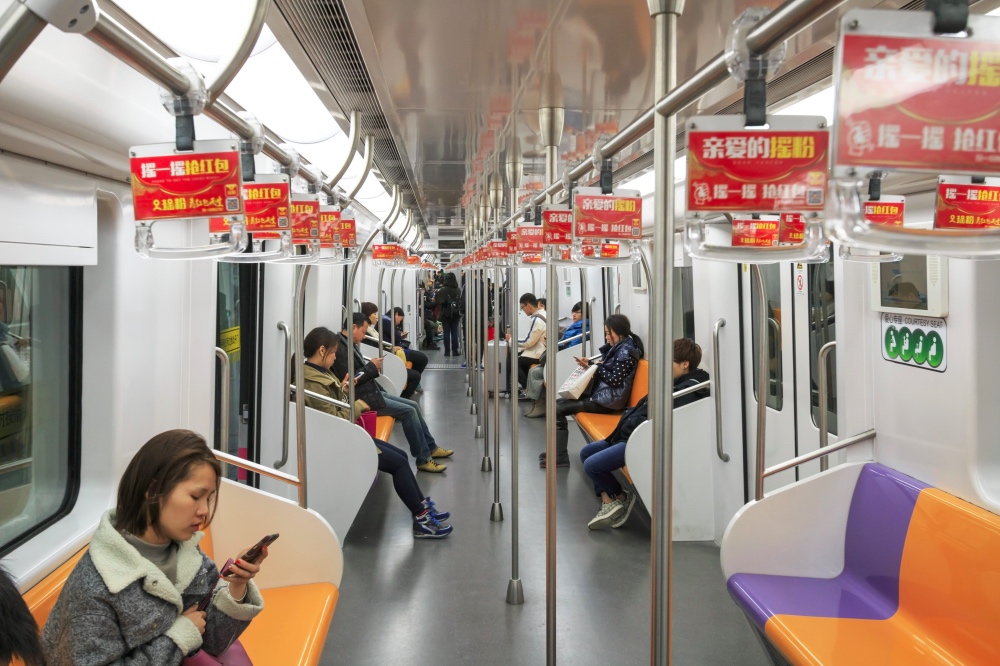The Shanghai Metro, operating since 1993, is the world’s largest rapid transit system by route length totaling 396 miles, the second largest in terms of number of stations, and also the second largest by annual ridership, with 3.4 billion rides in 2016.
QR Code Turnstiles
In January, 2018, the Shanghai Metro has introduced QR code-readers in all 389 metro stations in the city, allowing passengers to use an app called “Metro Daduhui” to enter the metro. Each station will have at least four turnstiles that support QR-code payments, two for entering and two for exiting.

All turnstiles in Line 17 and the east extension of Line 9 will support QR-code payments. Developed by the Metro’s operator, Shanghai Shentong Metro Group, the Metro Daduhui will be compatible with AliPay and Union Pay, with WeChat Pay currently being tested.
Through February, discounts will be offered to riders to encourage adoption of the new payment method. The app offers two ways of paying: either by depositing money into one’s AliPay Union Pay accounts, or by having their money automatically deducted on entry. The system will also support offline payments, allowing passengers without access to mobile data or WiFi to enter first and pay later.
The developers of the app hope to reduce congestion and speed up traffic flow with the service. Instead of fumbling around one’s pockets or bags to find their metro cards, they can simply use their phone to touch in, getting passengers where they need to go that much faster. Of course, such convenience also comes with vulnerabilities. According to Steven Anderson of Payment Week, the QR code technology is a hacker honeypot of staggering proportions, necessitating the need for robust security measures to accompany the technology.
Competing Technologies: WeChat vs AliPay and NFC vs. QR Codes
The unveiling of the new QR-code gates comes a month after Shanghai Shentong Metro Group formed an alliance with AliPay, making Chinese public transportation the latest battleground for mobile payment dominance between Ant Financial’s AliPay and Tencent’s WeChat Pay.

In addition to Shanghai, AliPay has launched mobile payment services in 18 other cities, including smaller cities like Zhejiang province’s Jiaxing. Tencent, meanwhile, has launched their services on public buses in 11 cities, including Guangzhou, Qingdao, and Heifei.
Competition between technologies is not just between AliPay and WeChat Pay, but also between NFC and QR Codes. The Beijing metro launched a program in 2017 allowing for riders to touch in through NFC-enabled phones, forgoing QR code payments.
Conclusion
The Shanghai Metro has joined a growing number of rapid transit networks implementing mobile payment solutions. Using QR codes, the Shanghai Shentong Metro Group and Ant Financial hope to expedite more passengers through one of the most populated transit networks in the world. While there are plans to bring WeChat Pay onto the new QR Code service, the compatibility with AliPay and Union Pay is indicative of the competition between WeChat Pay and AliPay moving into public transportation.

While QR Codes are widely used in China, other metro systems in China have been experimenting with other technologies such as NFC. Whatever the case, the future of public transportation in China will be interesting, if not unpredictable.
